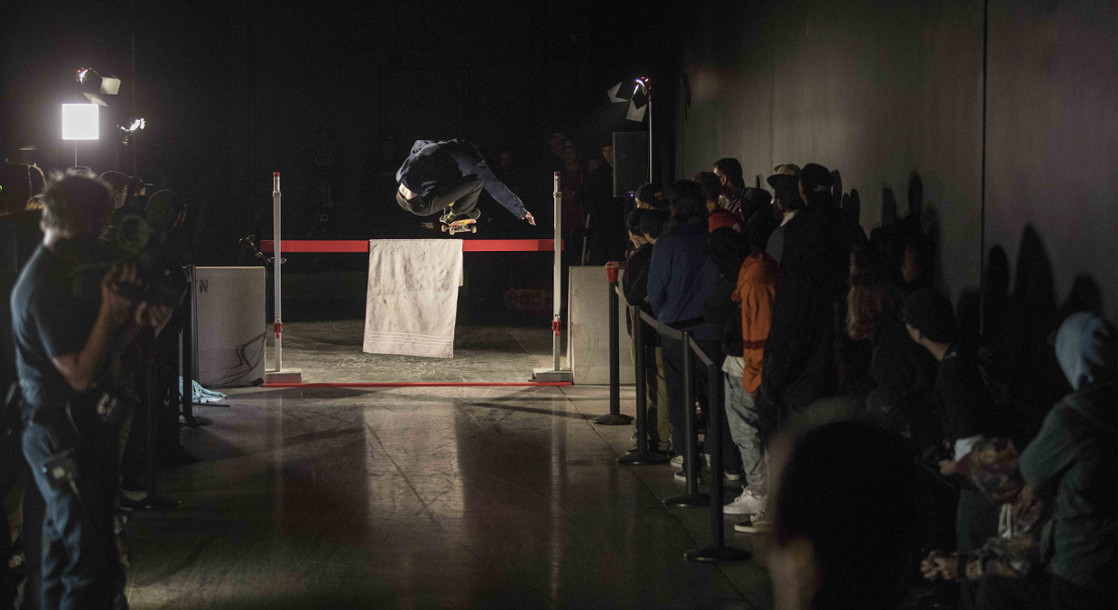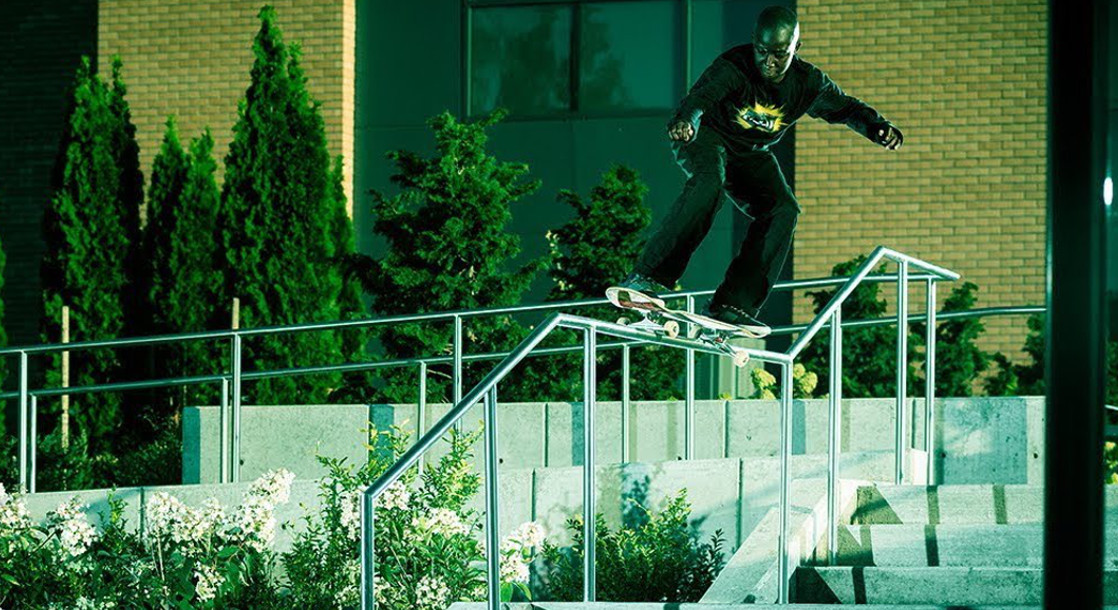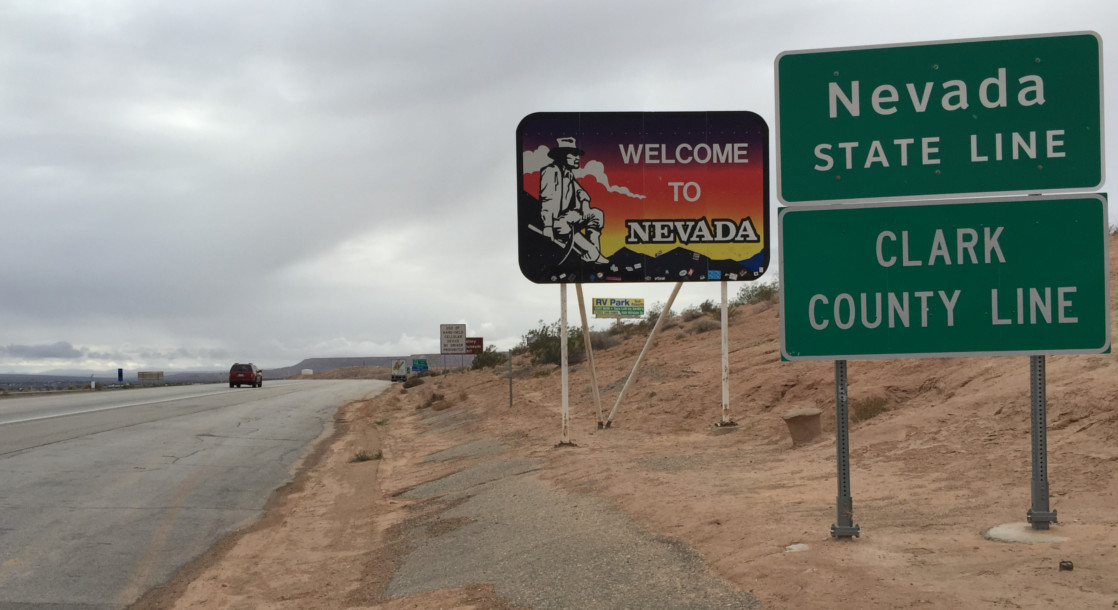Photos courtesy ETN
In sports, it can sometimes take decades for a record to be beaten. When Barry Bonds smashed his 756th career home run on August 7, 2007, he surpassed a record set by Hank Aaron that stood for over 30 years. As impressive as belting almost 800 home runs in the span of a Major League Baseball career is (steroids or no steroids), the structure and quantitative nature of a professional sport like baseball gives participants ample opportunity to chase after and possibly break a record. Even if the players don’t keep count themselves, their league most certainly does. In most sports, the legacy of a great player comes down to their statistics. It’s all about the numbers.
When it comes to a sport like skateboarding (if you even want to call it a sport) — one that operates more as a lifestyle with only informal “rules” — style is the real measure of success. Skill is valued, and one needs to possess a great deal of it to become a professional, but if you ask any skater, style is valued above all else. No matter what you do, you gotta make it look great. Once the contest-dominated landscape of the ‘80s gave way to a subculture of street skaters in the early ‘90s, competitions became less and less important. Instead, video parts — visual compilations consisting of a skater’s best footage — became the fruit of their labor. Simply put, while some parts might be popularly considered better than others, it’s all subjective and unquantifiable in the end.
But the advent of the Internet, most specifically the prominence of social media, changed everything. Suddenly, all the past and present footage that one could imagine became available at the swipe of a finger. Pros are now expected to put out clips on a constant basis, and parts that took months to film are forgotten within a few days. This has partly led to a revival for skate contests. Whereas the only real skate competitions taken seriously (or even covered by media) in the previous era were the X-Games and the core skater favorite Tampa Pro / Tampa Am, you can now catch Street League Skateboarding (SLS) or The Dew Tour regularly on cable TV. In fact, skateboarding’s popularity has soared so high that it will be included as a sport at the 2020 Summer Olympics in Tokyo.
As a result, the industry is coming up with fresh ways of releasing and digesting content using newly available technology in combination with the relatively democratic sphere of skateboarding coverage online. One of the main players in this arena is ETN. Brought to you by the minds behind SLS, ETN’s motto is simple: “Original shows and live events created by skateboarders to support skateboarding.” In a world where premium and immediate content is increasingly valuable, ETN is carving out a niche with their business model, which relies on paid subscriptions in exchange for access to exclusive programming and live event coverage via their website and app.

Pro skaters Xavier Alford, Jake Hayes, and Lizard King at ETN'S "How High" contest
ETN’s latest event, “How High,” pitted 13 skateboarders gifted with incredible pop in a contest to break the world record for the highest ollie. Named after Alan “Ollie” Gelfman, who developed the technique in the late ‘70s, an ollie can be described as leaping into the air with a skateboard without the use of one's hands. For the initiated, it is the most important trick in the book, as it serves as the foundation for pretty much all other skate stunts. While it was originally considered an accomplishment merely to ollie up a curb, it quickly became apparent that some skaters could ollie much higher than others, reaching seemingly impossible heights.
English rider Danny Wainwright set the first official record at 44.5” in 2000, which was then equaled by New Yorker Luis Tolentino at the 2009 Tampa Am contest. In 2011, Aldrin Garcia — who had been hospitalized due to a face injury only weeks before — broke the record with a 45” ollie at the Maloof High Ollie Contest held in Las Vegas. In 11 years, the record only went up by half an inch. While that is a testament to how insanely high a 44.5 inch flatground ollie is in the first place, it also demonstrates how infrequently category-specific skateboarding contests occur (or are participated in) at all. Reese Forbes is rumored to have ollied over a two-by-four (the hard way), but since it was never captured on film, it can’t be counted.
But this past February 22nd, live on ETN, history was made once again. Australian Deathwish pro Jake Hayes and North Carolina native Xavier Alford both snapped 45.5 inches to set and share the new world record for the highest ollie.
Hosted by ETN’s creative director Erik Bragg (a man with some pop of his own) and renown pro skater Brandon Biebel, the “How High” ollie contest went down in Los Angeles, with a $10,000 dollar prize for contestants capable of clearing any height greater than 45 inches off the ground, from flat. Cameras were strategically placed to ensure that the skaters cleared the height without bumping any part of their board on the bar.
As you can likely imagine, weed and skateboarding have always been tight friends, and their shared history of illegality probably brought them even closer together. California’s Proposition 64 (which legalized recreational marijuana sales in the Golden State for persons 21 years or older) went into effect on January 1st, opening the door for legal and fruitful collaborations between cannabis companies and the skateboard industry. It’s for this reason that California vape cartridge manufacturer Heavy Hitters jumped at the opportunity to take part in the aptly named “How High” contest, by providing some liquid courage to participants and attendees as well as putting up half of the prize money.
The bar was initially placed at 40” for the “warm-up” (a height most mere mortals are incapable of clearing) as the 13 contestants (Torey Pudwill, Nick Tucker, Tyshawn Jones, Blake Carpenter, Jake Hayes, Yuri Facchini, Spencer Barton, Xavier Alford, Ke’Chaud Johnson, Norman Woods, Donta Hill, Lizard King, and Andrew Brophy) charged on.

Xavier Alford, mid-ollie.
The initial rules stated that each skater would get five attempts to clear the bar in order to advance to the next round, but in true against-the-grain skateboarding fashion, they were given additional tries until it was clear they wouldn’t qualify. Alford, Hayes, Johnson, Jones, Lizard King, Pudwill and Tucker all advanced to the second round. Amazingly, Nick Tucker opted to do the ollie switch (the equivalent of performing a difficult task with your left hand if you happen to be right-handed), which is about as gully as it gets.
In the interest of time (and preserving precious energy), the bar was raised to a record 45.5 inches immediately after the initial round. It didn’t take long for the exertion of previous attempts to catch up with some of the competitors. Alford and Hayes both landed an attempt each, but dragged their hands on the ground while riding away— the rules clearly stipulate that the rideaway must be clean, so back to the drawing board they went. For a moment it seemed that Aflord had done it, but an instant replay proved that he grazed his wheel on the bar. Eventually, with shouts of encouragement from Bragg (“You’ve got this all day!”) and Biebel (“Get the bag!”), Hayes managed to land it cleanly, with Alford following suit shortly after.
And then there were two. Having both just set the highest ollie world record, the bar was once again raised to 46 inches, but neither had it in them to beat the record set just minutes earlier. Alford and Hayes happily shared the $10,000 prize money (and the accolades). Here’s to hoping that the next inch won’t take another 17 years.

Xavier Alford and Jake Hayes, new co-record holders for the world's highest ollie.











